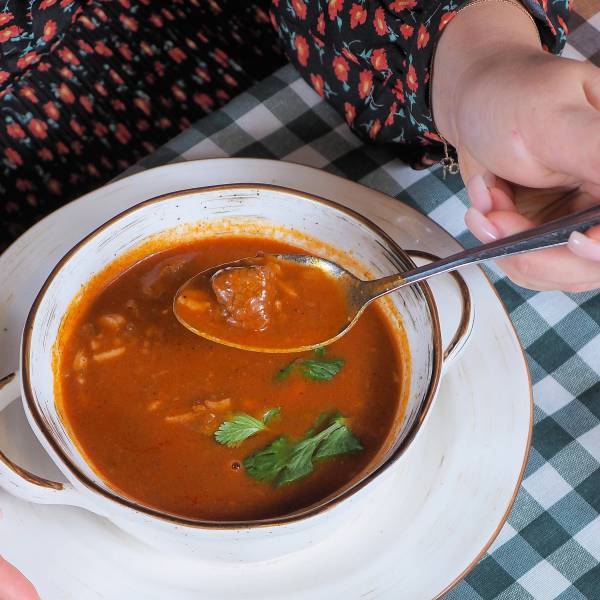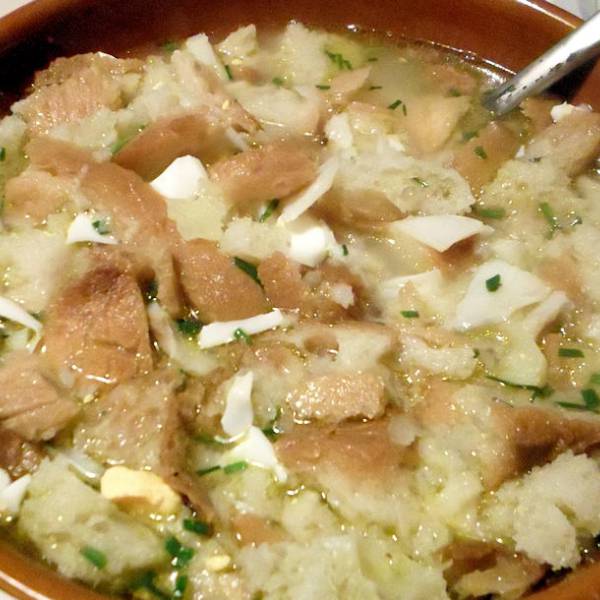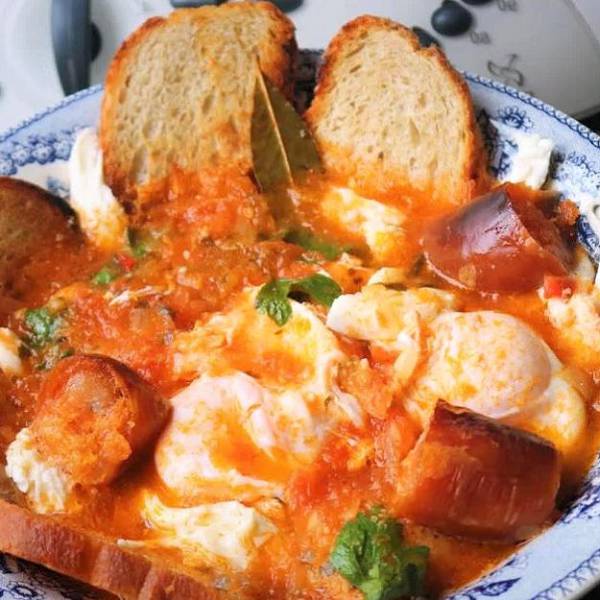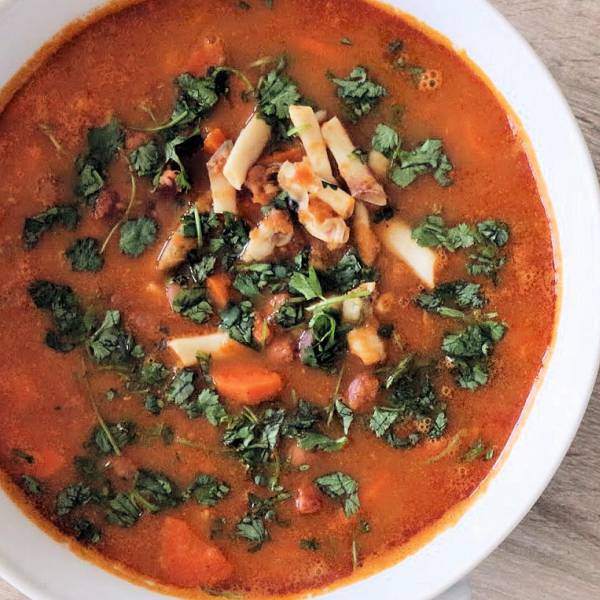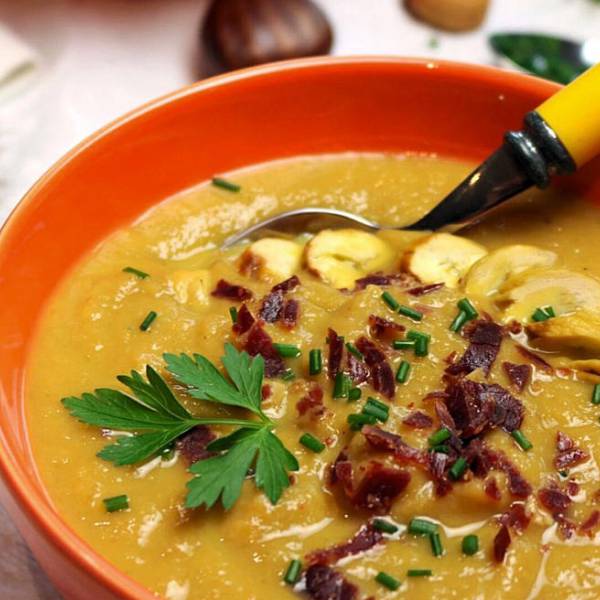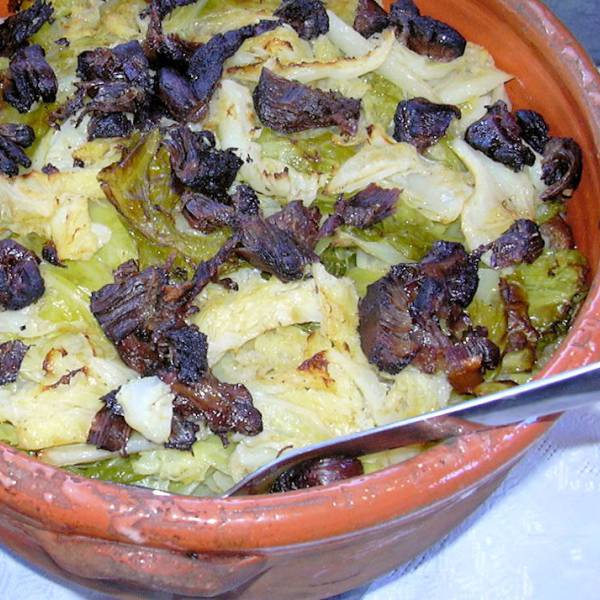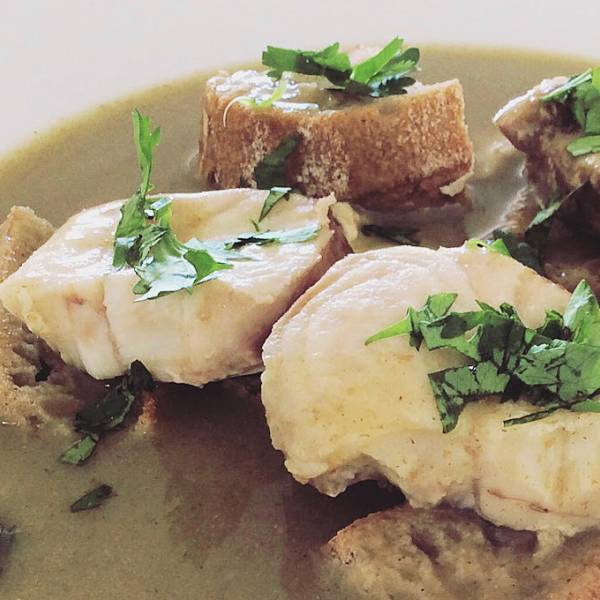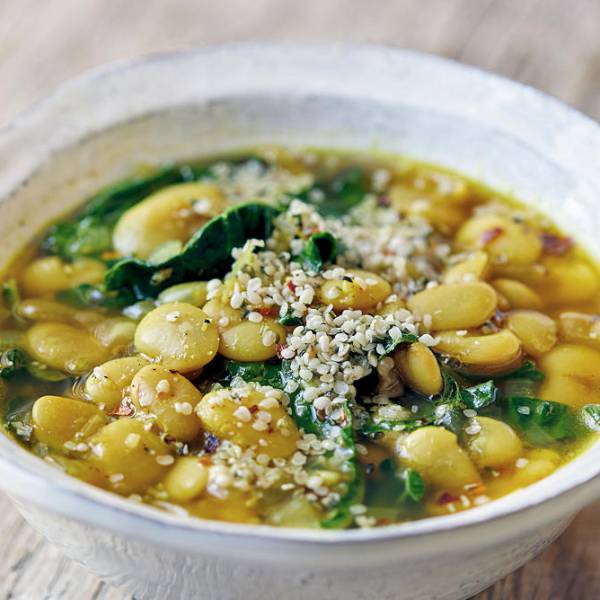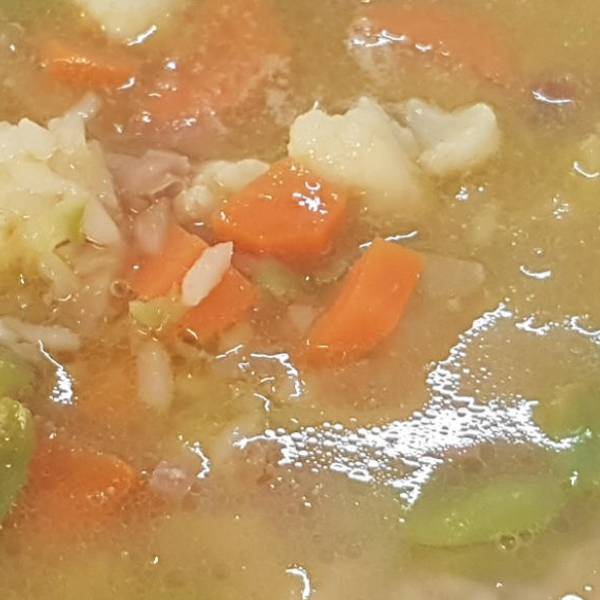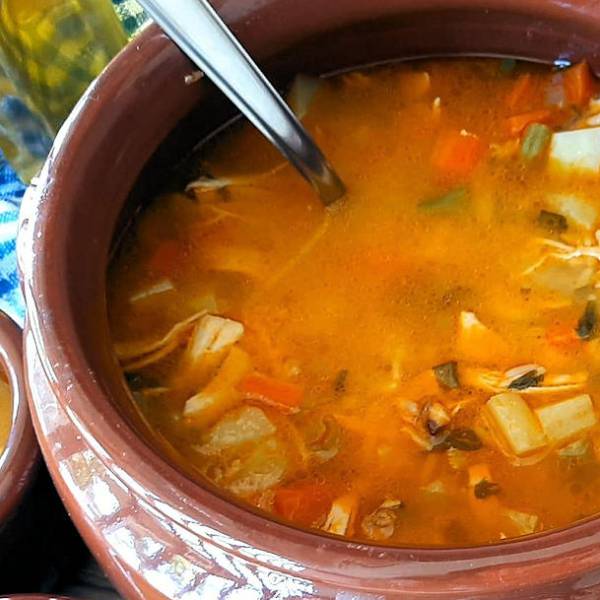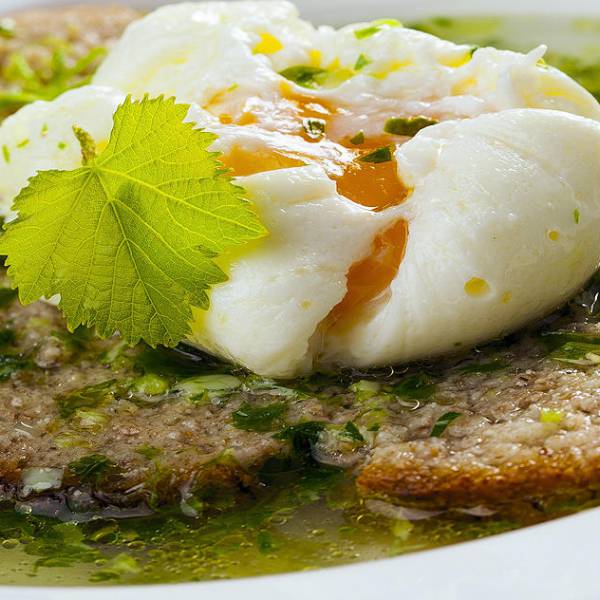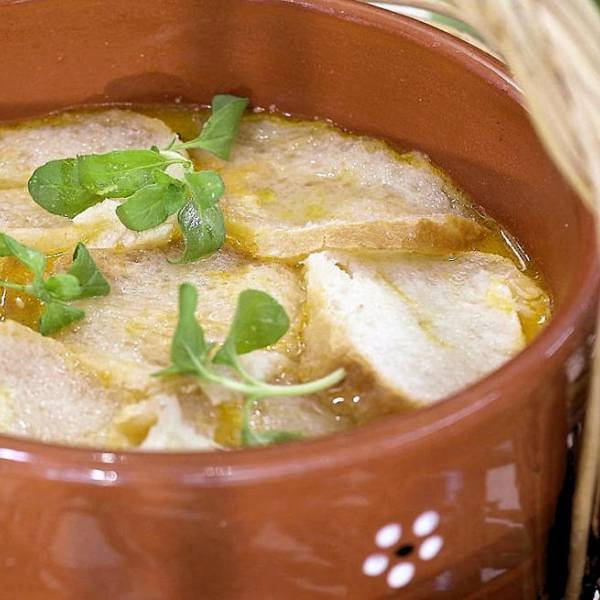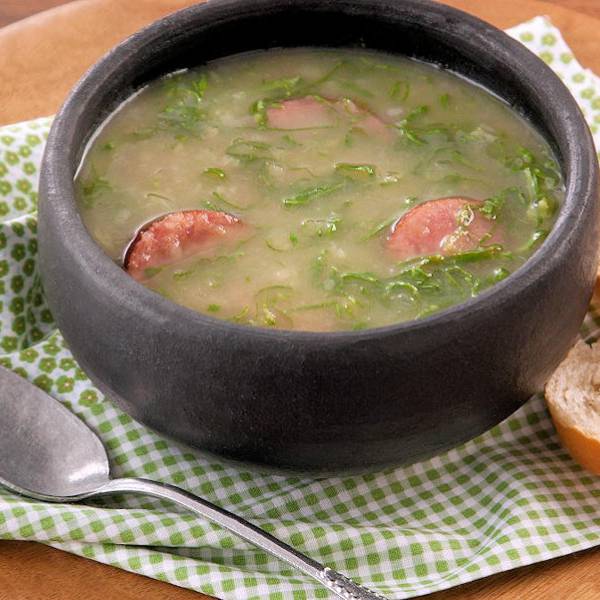The name Sopa da Pedra derives from a popular European folk tale that has various versions across cultures. The story revolves around a hungry traveler who arrives in a new town seeking food. Despite his pleas, the locals are reluctant to share their provisions. Undeterred, the resourceful traveler decides to make a soup using a stone he discovers on the road. He places the stone in a pot of water and begins boiling it over a fire, capturing the curiosity of the locals. When questioned about his peculiar cooking choice, he explains that he is making a stone soup, renowned for its exceptional taste but in need of additional ingredients to reach its full potential. Intrigued by the idea, the locals offer their own contributions of meat, beans, potatoes, vegetables, and bread to enhance the soup's flavor. With the addition of salt, pepper, herbs, and spices, the soup transforms into a delicious masterpiece. The traveler invites the locals to taste and share in the soup, resulting in astonishment and gratitude for his generosity. Before departing, the traveler gifts the stone to one of the locals, suggesting that they can recreate the stone soup whenever the need arises. The story serves as a moral reminder of the importance of sharing and cooperation, particularly in times of scarcity.
The recipe for Sopa da Pedra varies across regions, seasons, and individual preferences of the cook. However, some common ingredients are prevalent:
- Beans: Red kidney beans or white beans, cooked or canned, lend a velvety texture and richness to the soup.
- Potatoes: Peeled and diced potatoes contribute substance and comfort to each spoonful.
- Vegetables: Chopped or sliced onions, garlic, carrots, celery, turnips, tomatoes, or cabbage infuse the soup with vibrant flavors and a colorful presentation.
- Meat: Diced ham or bacon provides savory depth and succulence to the soup.
- Sausages: Sliced or chopped Chouriço (smoked pork sausage), Morcela (blood sausage), Farinheira (flour sausage), or Alheira (bread and meat sausage) add distinctive flavors and textures.
- Bread: Stale bread or bread crusts, soaked in water and crumbled, serve as a traditional thickening agent, granting the soup its hearty consistency.
- Herbs and Spices: Bay leaf, parsley, thyme, pepper, salt, paprika, and cumin come together to elevate the soup's aromatic profile.
- Olive Oil: Extra virgin olive oil, utilized for frying and drizzling, adds a final touch of richness and depth.
Lisbon.vip Recommends
Sopa da Pedra stands as a nourishing and satisfying dish, capable of being enjoyed as both a main course and a starter. It offers a culinary voyage through the history, geography, and culture of Portugal's Ribatejo region, embodying its agricultural traditions and culinary ingenuity. This dish epitomizes the richness and diversity of Portuguese ingredients and flavors, highlighting the remarkable creativity and adaptability of Portuguese cooks. It celebrates simplicity, comfort, and the harmonious marriage of flavors, while embracing variation and innovation. Ultimately, Sopa da Pedra exemplifies Portugal's identity and spirit.
Sopa da Pedra, the legendary Stone Soup, weaves together tradition, taste, and a touch of magic into a soup that transcends mere sustenance. Rooted in the heart of Almeirim, this remarkable dish embodies the essence of Portuguese culinary heritage, captivating palates with its harmonious blend of beans, vegetables, meat, and aromatic seasonings. Beyond its delightful flavors, Sopa da Pedra serves as a reminder of the importance of sharing, cooperation, and unity in the face of scarcity - a timeless tale celebrated through a warm bowl of soup. Experience the cultural tapestry of Ribatejo and the generosity of its people as you savor each spoonful of this treasured Portuguese dish.




